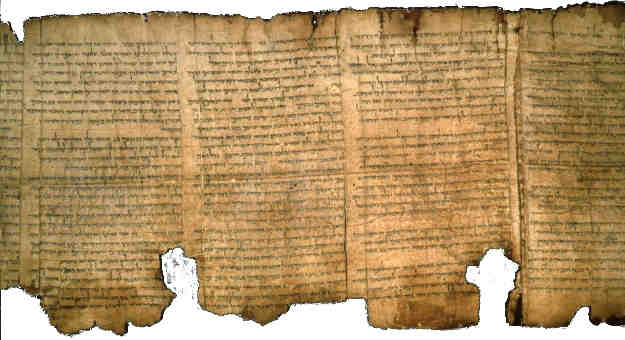Why Are There So Many Bible Versions?
Reason #3: Source Texts
Source texts are the foreign-language texts that Bible translators use as source documents when translating the Bible into English. Over-simply, you can think of source texts as “copies of the Bible documents in their original languages”.

Archaeologists are continually making discoveries of more ancient, more authentic, less altered source texts. Modern, scholarly translations take advantage of the latest source text discoveries available. This results in Bible translations that, compared to older translations, are closer to the original Bible documents in both meaning and content.
Why? Because before the printing press (1400s), copies of the original language Bible documents were made by hand. (These hand-written copies are known as manuscripts.) The problem with hand-written copies is that every time a document is copied there is the possibility that errors are made by the copyist.
The result? On one hand, a recent manuscript is a copy of a copy of a copy etc. for more than 1,000 years’ worth of copies! Since there is a chance of copy errors being made every time a document is copied, such a long “chain” of copies is likely to include very many copy errors when comparing to the original document. On the other hand, a very ancient manuscript is likely to have only a few copies in the “chain” between it and the original document, and so is likely to include far fewer copy errors.
So: if you are using a Bible translation that is more than 50 years old, you are probably using a Bible translation that has at least a few significant differences from the oldest and best source texts now available. More importantly with regard to this discussion, it means that Bible translators and publishers are eager to produce new, arguably better translations of the Bible as newly-discovered, important source texts become available.